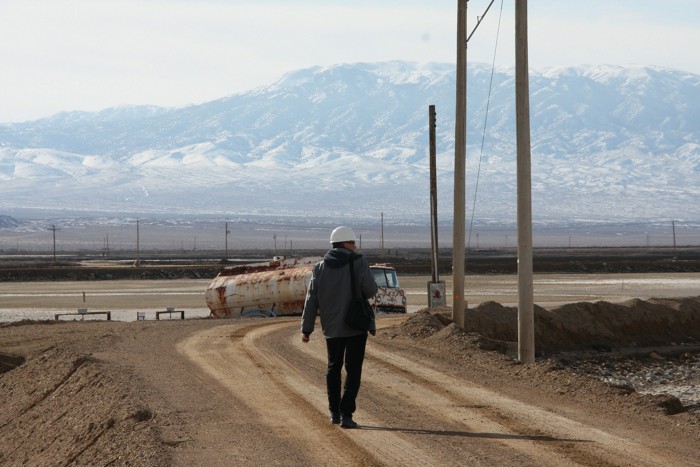Oil sands stocks decimated

After crashing through the $80/barrel level on Friday, the price of US crude oil fell further on Monday to trade just above $76/barrel, the lowest in a year, sending the shares of the biggest oil sands players into a tailspin.
Suncor Energy (TSE.SU), tumbled 5.5% to C$25.28 on the Toronto Stock Exchange and the oil sands bellwether has now lost a staggering $70 billion in market value since its pre-recession high set in May 2008. Canadian Natural Resources (TSE:CNQ) gave up 5.6%, Imperial Oil (TSE:IMO) shed 6.5% while Cenovus (TSE:CVE) lost 4.1%. Canadian heavy oil – exported only to the US due to a paucity of pipelines – sells for $10.50 less than US crude and trades at roughly $35 below the international benchmark, meaning oil sands developers have to deal with an effective oil price of $65 and change and now sell some of the cheapest fuel on the planet.
Oil for November delivery shed more than 2% during the day and was trading at $76.41 a barrel on the New York Mercantile Exchange Monday after hours. The discount on Western Canada Select versus West Texas Intermediate, the US measure, was unchanged at $10.50/barrel while the international benchmark for crude oil, North Sea Brent, was pegged at $102.42.
Syncrude, a light oil made from oil sands after undergoing an expensive upgrading process, still attracted a premium to WTI of $7.75 a barrel on Monday, but that is down from a premium of $18 in August during the Canadian Natural Resources upgrader outage and is set to return to historical levels of a slight discount.
Canada exports 2 million barrels of oil per day and a lack of pipelines means all of it goes to the US Midwest, the pricing point for US crude. The question is how many of the $100 billion of oil sands projects in various stages of development will be completed or run at a profit when Canadian crude only attracts $60-$70 a barrel and could go lower.
The hotly debated $7 billion, 3,190km Keystone XL pipeline connecting Alberta’s oil sands to refineries on the US Gulf Coast and the proposed pipeline to the northern BC coast to service Asian markets should help Canada move closer to the North Sea benchmark for crude instead of settling for US prices.
{{ commodity.name }}
{{ post.title }}
{{ post.date }}


2 Comments
The Mafia Man
Its still OK. There is enough oil here to last several lifetimes. We oil contractors are making $$ hand over fist full still and will continue to do so for a ‘hell’ of a long time!!!!!!!!!!!
happy
I agree. If It was not oil then it has to be another resource because people and corporations have to develope something that generates revenues.
It would be nice if we could all be in the eco tourism business but that is not the case and that is not what developed the country for the last 200 years.